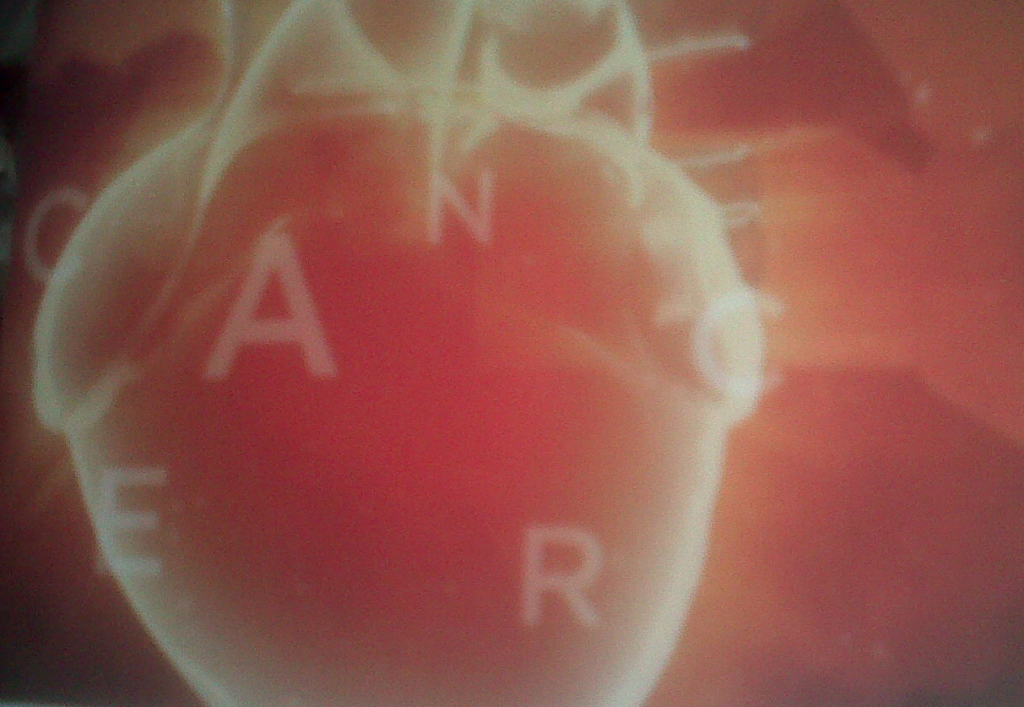Nowadays, advances in medicine have allowed thousands, millions of lives to be saved. At least in the developed world. Unfortunately, in some cases, your prognosis will depend on the country and/or social class you are born in. But that’s another story.
The possibility to treat most diseases has lead, in some cases, to overmedication. Side effects are not known, meaning that, to speak bluntly, taking one pill means that you have to take three more pills to compensate the side effects that the first pill is causing in your body.
We also must take into account that long-term effects for some drugs are not fully understood. A recent review has shown that oral contraceptives, especially third-generation ones (theoretically the newest and safest) increase the risk of venous thromboembolism in the long term.
Let’s go to cancer now. A recent symposium showed that for some cancer patients, long term cardiac damage may have been underestimated. If we take, for example, pediatric cancer, where more than 80 % patients are cured, we must be very careful with the treatments, as they may cause Cardiovascular side effects that will only be visible after years or decades. Increasing the life expectancy of cancer patients does not come without a cost.
Cardiovascular complications of cancer patients are mostly related with heart failure, ischemic heart disease, hypertension, arrhythmias, thrombotic events and peripheral vascular disease. Cooperation between Cardiologists and Oncologists has lead to the dawn of a new specialty: Cardio-Oncology.
It has been known for years that drugs used in chemotherapy (e.g. anthracyclines) cause chronic and non-reversible  cardiotoxicity. Still, it is not always possible to substitute them in cancer treatment, so treatment dose and frequency is modified to minimise cardiovascular risk in the long term. Also, liposome carriers for this drug have proved very effective in reducing adverse effects.
cardiotoxicity. Still, it is not always possible to substitute them in cancer treatment, so treatment dose and frequency is modified to minimise cardiovascular risk in the long term. Also, liposome carriers for this drug have proved very effective in reducing adverse effects.
Radiotherapy is another risk factor, especially for cancers affecting organs near the heart. Current radiotherapies, including 3D and 4D technologies, target only the organ affected by cancer, but for years, radiotherapy was broad and it also affected the heart.
Regarding biomarkers, many of the ones used nowadays are of little predictive value. Markers used in cancer patients to prognose a future cardiovascular damage are in fact markers of CV damage (e.g. D-dimer, NT-proBNP, lambda light chain, among others). This means that when these markers can be measured, it might be too late. Healthy life habits, exercise and monitoring of basic heart function (e.g. blood pressure) is still the main factor for prevention of CVD in cancer patients (and in the general population, in fact). And before starting a cancer treatment, an assesment on cardiovascular status of the patient should be mandatory.
So how can we predict future CVD in cancer patients? Stay tuned for our next post on predictive biomarkers!



